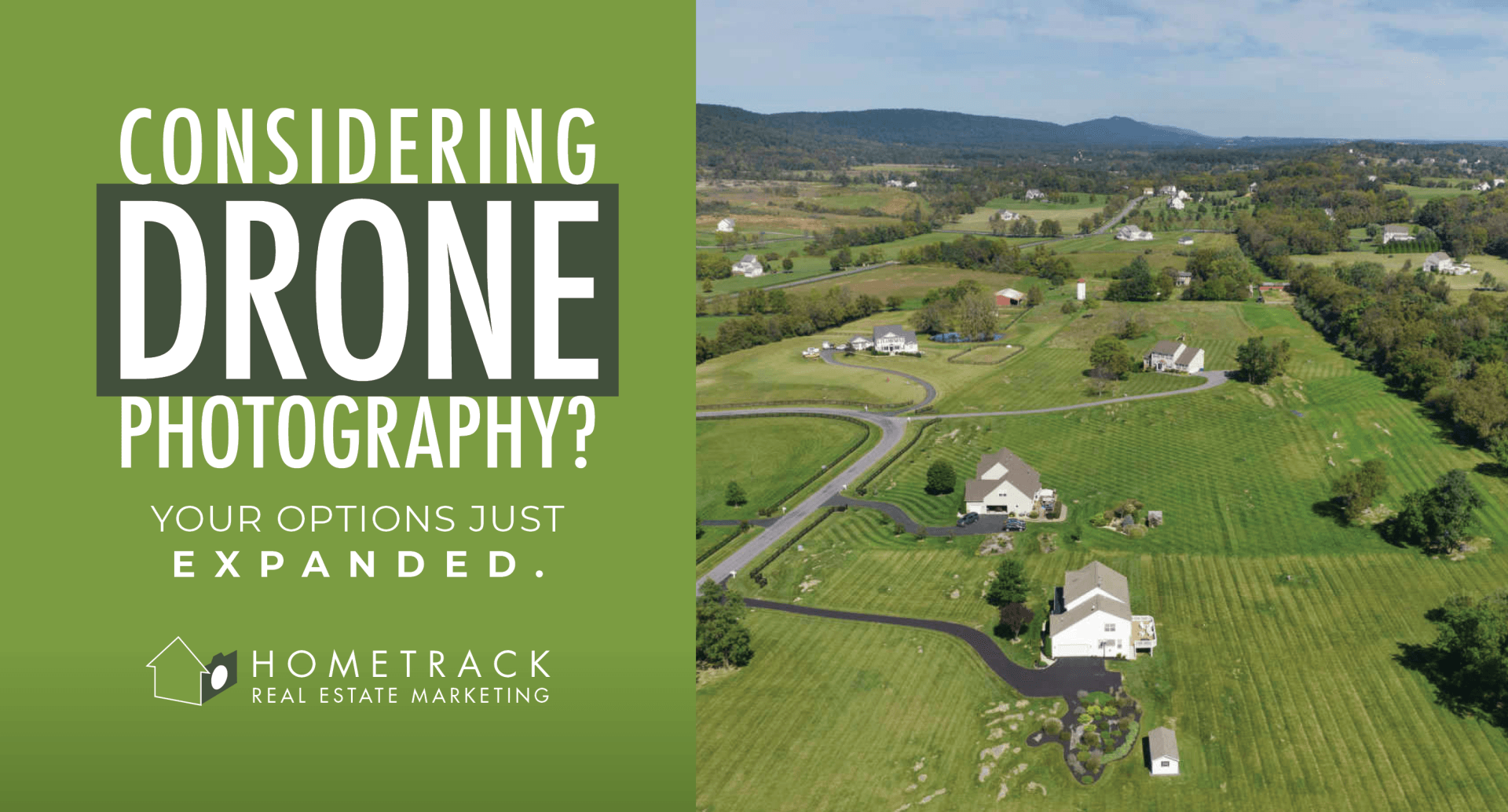Aerial Drone Photography
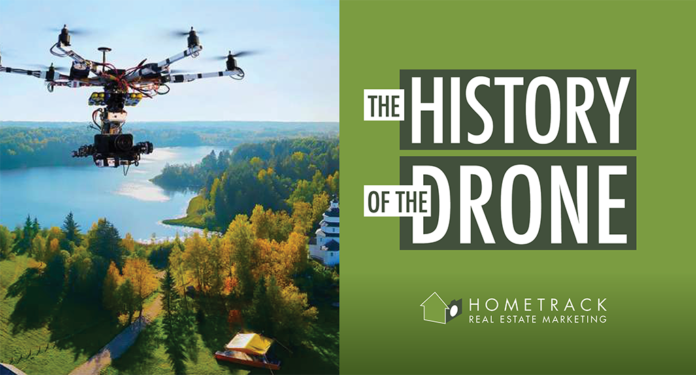
Drones, more formally known as unmanned aerial vehicles, or UAVs, are unpiloted aircraft that are guided by remote control or autonomously by onboard computers and GPS. Today, drones have dozens of different uses from recreation to retail. But their beginnings, and most of their history, has been for military purposes, including surveillance, reconnaissance, battle damage assessment, and, of course, weapon delivery. Here is a brief history of the drone, along with some of its non-military uses, including real estate marketing . Take a look at the nightly news and you will likely see a story about a recent drone attack on an oil tanker off the coast of Syria. Or you might get a glimpse of a Yemeni retaliation on a Saudi air base using drones. Not long ago, the Mexican Cartel was accused of using explosive drones to attack police. But the use of unpiloted aerial vehicles for warfare is nothing new. In fact, the practice can be traced back to the mid-1800s, when Austria attacked Venice by launching about two hundred unmanned balloons loaded with explosives. The early days of drones When you think of a drone, you probably do not have in mind a nineteenth-century attack balloon. Actually, the first unmanned aircraft was developed by the British in 1916, after the start of the first world war. Although the early technology showed some promise, the British military did not continue to pursue it. But the Germans did. Recognizing its significance, they made multiple attempts to assassinate the British engineer who developed the technology (and they later adapted it for their V1 rocket program in WWII). The US Army joined in soon after with the creation of the “Kettering Bug,” considered to be a forerunner of present-day cruise missiles. The Bug relied on gyroscopic controls to work as a sort of torpedo from the air. Once launched, each Bug would fly for a predetermined period of time before the engine was shut off and the wings were released so that the unit, along with its 180 pounds of explosives, would plummet to earth and detonate on impact. About fifty Bugs were built, but too late to actually see any combat in the war. After WW!, the US Navy began experimenting with radio-controlled aircraft. So did the British. In fact, their 1935 “Queen Bee” is believed to have led to the use of the term “ drone ” for radio-controlled unmanned aircraft. A remote-controlled model airplane, also developed in the 1930s and called the “Radioplane”, became the first mass-produced UAV product in the US; nearly 15,000 units were made for the military during WWII. Actually, a number of developments occurred during the period following WWI, including the first UAV that could fly out of sight of its user, and, most notably, the emergence of the German V-1 Doodlebug, effectively the world’s first cruise missile, used for terror bombing of British cities in WWII. Later, during the Vietnam war, UAVs were developed for use as reconnaissance tools to gather information in combat areas. They were also used as decoys that could launch missiles against fixed targets or drop leaflets for psychological operations. The 1960s also saw the beginnings of remote controlled planes for recreational use, thanks to breakthroughs in transistor technology. Of course, the US military continued working on drones, and by the 1980s began to see success in the development of more reliable and less expensive models. Modern uses for drones Through the nineties and to the present, drones have gotten smaller, more powerful, more intelligent, and less expensive. And they have found an increasing number of uses outside of the military. Today, they find dozens of different uses, from defense to humanitarian aid and disaster relief. Consider just a few of the current non-military uses for drones: Real estate photography Real estate marketing Construction planning and infrastructure development Conservation Healthcare Weather forecasting Insurance Tourism and hospitality Sports and entertainment Retail deliveries And the list goes on. Many applications, not only for the military, but for business and pleasure as well. Drones for real estate There are many applications and benefits for drones in real estate marketing too. Drones can obviously capture images that standard land-based photography cannot. For instance, a drone provides a birds-eye-view of the front elevation of a lake home from the middle of the lake. Or even a look at the lake itself. Trying to capture the essence of a large home or estate? Drone photography allows for better views of bigger homes and their properties. Viewers can take in sweeping panoramas of the tennis court, the pool, and the guest house. Or the patio, the porch, the pillars. They can get a glimpse of the golf course next door. They can see the entire home and landscape and all its attributes. A drone is also able to offer an overview of a large swath of land that cannot be seen from the ground. This is especially helpful if the property is wooded and cannot be seen in its entirety unless viewed from the sky. Another use for a drone might be to take viewers on a tour of the town . Buyers want to know what the surrounding community is like before they decide to buy a property. An agent can accomplish this by creating virtual t our s or v ideos of local attractions and by creating a drone video that connects them with the town. Drone photography does a couple other things for a listing. For one, drones create a buzz . And not just with their propellers. They cause a stir across listing sites and social media platforms. The technology, regardless of their long history, are still considered new and novel. They are trendy. They have appeal. What’s more, drone video images bring photography to life. They make a space feel more personal by lending a sense, not only of what a property looks like, but what it feels like as viewers are flown up the driveway, across the lawn, down the street, or through a hedge row. And all of these benefits come without a huge hit to a marketing budget. Drones offer aerial photography that is easy on the expense sheet, usually far less expensive (and far more flexible) than other forms of aerial photography. Drones have quite a long and varied past. They are becoming ubiquitous in the present and are changing aerial photography in real estate . It will be interesting to see what is held in the future of drone photography services .
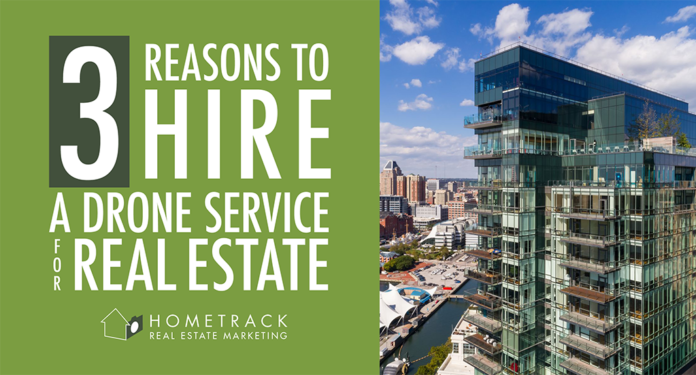
Before you add a drone photography to your real estate marketing mix, it is important to consider how you might go about capturing those aerial images for your customers. Do you simply buy a drone and shoot them yourself? Or do you look to a drone photography service to get the job done? Perhaps your best bet is to hire a professional real estate photographer who offers drone services. Read on for three reasons why. The not-so-professional approach Surely you have seen them: poorly framed pictures and ammeteur shaky-cam video clips. From family photos to vlog videos and anything in between, a camera in untrained hands will usually yield less-than-desired results. That may be okay for a family photo album or a vlogger’s fifteen followers. Not a great idea when it comes to assembling an assortment of real estate strategies to market a property. (Learn about the Real Estate Photographs You Need to Get Right ) Oh sure, advances in technology have made it easier to get quality images from a digital camera or even a mobile phone. The new iPhone 12 Pro Max, for example, boasts a 2.5x zoom lens, 12 megapixel resolution, 4K video quality, and LiDAR scanner. Many smartphones today, including the iPhone, also include image stabilization to aid with steadier image capture. And yet, there are plenty of property listings filled with pictures that look like they have been taken by a child who did not bother to clean up his room, let alone figure out how to properly light and frame a photo. Having capable camera equipment is only one piece of the photographic pie. Other slices include the time it takes to learn the craft and work each photo shoot (not to mention editing the videos and pictures after the fact), along with the talent needed to produce top-notch results. So, real estate agents have two general options for photography. Those who have the time and talent to achieve professional results – and who have a desire to provide their own photography services – can go th e do-it-yourself route. Others will opt to contract with a professional real estate photography service. What about drones? When it comes to drone photography, agents face a similar choice. Offering drone photos and videos to your customers does a few things. First of all, bird’s-eye views of a property add a unique perspective to a listing. They give prospective buyers a look at features that cannot be viewed from the ground, such as the roof or the chimney. Large properties or wooded lots often cannot be seen in their entirety without aerial images. Drones can solve that problem. (See how Drone Photography Can Help You Sell More Listings ) Next, drones allow you to add other unique elements to a listing. You can take your buyers on an aerial tour of local hotspots or area attractions. You can fly them over their child’s path to the neighborhood school or park. You can show them comparable listings or properties that have recently been sold. Finally, drone photography becomes for you a powerful marketing tool to help your business stand out. Along with other strategies you might offer – an exceptional print advertising campaign, 3D virtual tours , and walkthrough video services, for example – drone photography helps you to build and improve your brand identity . But the question remains: who performs your drone photography? The case for contracting a professional real estate photographer Two things are true: drone technology is improving, and drone prices have been falling. Those two truths can make it awfully appealing to invest in drones for your real estate business. But is that the best choice for your business? Maybe the answer is yes. But if you are unsure whether you should go it alone or hire a professional, consider the benefits of a professional real estate photographer who offers drone s ervices . Any professional drone photographer for real estate should… …be licensed and insured. While use of a drone does not require a commercial pilot’s license, in order to pilot a drone for commercial purposes, the Federal Aviation Administration (FAA) requires that drone operators be certified under FAA Part 107. It is also important that a drone operator be insured. Drones can crash and cause damage or injury. A drone pilot should be insured and be able to show proof of insurance. …have an eye for real estate photography. There are a lot of drone operators these days, both professionals and hobbyists. Many are quite skilled. But having the skill to operate a drone does not immediately equate to having the ability to take quality pictures and videos from that drone, let alone having a keen eye for the unique needs of real estate photography. Make sure that any drone service you consider is able to provide a portfolio of real estate photographs for you to evaluate. …offer additional services. A real estate photographer who offers drone services (as opposed to a drone operator who takes pictures) can often provide an array of related services, such as digital editing and twilight photograph y . To maximize the benefits of a partnership with a real estate photographer, look for a business that can also help you with 3D home tours, HDR listing photography, virtual staging , print and design services, and more. If you are going to add drone photography services to the list of real e state marketing strategies you offer your clients, you have a choice to make. Either you purchase a drone and learn how to fly it, get licensed and insured, practice shooting pictures and video, and become proficient with digital editing tools yourself, or you hire someone else to do it for you. For most agents, a relationship with a professional real estate photographer is the answer.
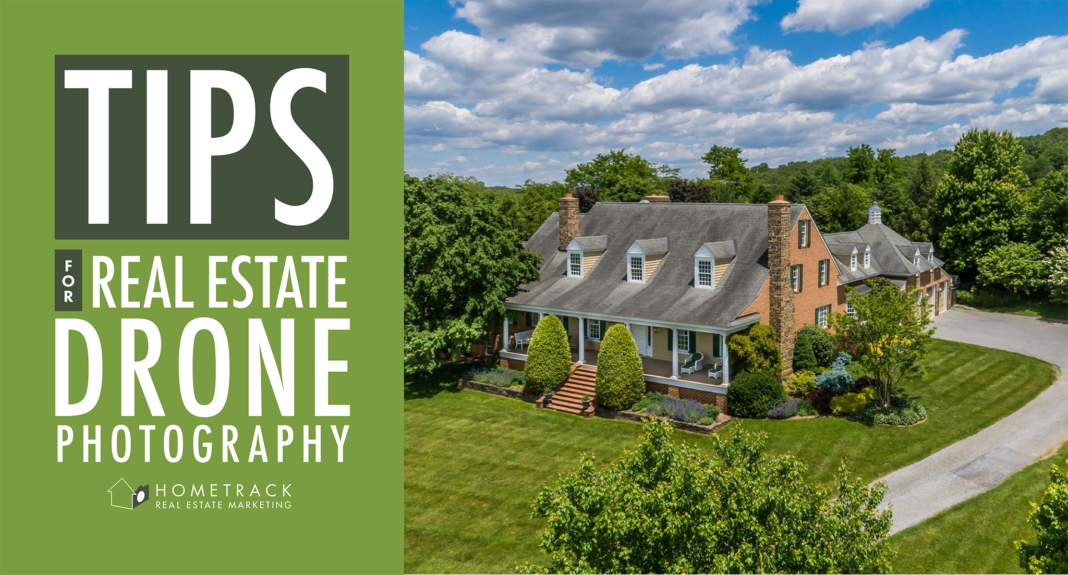
With the popularity of drones and drone photography on the rise, some real estate agents have taken to the skies with their own flying cameras to capture aerial images for their customers. And why not? An unmanned aerial vehicle (UAV) is a natural complement to real estate photography . What’s more, it is not that difficult to get started with drones. The cost of equipment has come down. It only takes a month or so to get certified as a commercial drone pilot through the Federal Aviation Administration (FAA). And many people learn the basics of operating a drone inside of a day. But the endeavor is not for everyone, and learning the basics is not the same as mastering the skill. Here are some points to consider, items on your to-do list, if you are thinking about shooting your own birds-eye photos. Acquire your equipment The first thing you will need if you want to take aerial pictures with a drone is… a drone. There are many to choose from, but not all drones are equal when it comes to photography. What many first-timers do is go out and buy a relatively inexpensive camera-equipped model. Unfortunately, entry-level drones usually come with entry-level cameras that are not capable of producing the high quality images you need for your listings. On the other hand, investing in a drone with a competent camera, one that costs a lot of money, may not be your best bet either, since the chance of crashing your first drone – or your first few – is high. Your best bet might just be to pick up a small lightweight drone (or two) that you can use for practice before you work your way up to a model that can get the job done adequately. Of course, not all drones come equipped with a camera. Some are made to haul a payload. You can attach a quality camera that you already have, assuming you are already skilled in photography. In any case, whether the camera is embedded in the drone or carried by the drone, you need to consider its capabilities. Things like sensor size, resolution, and the ability to shoot in RAW format to maintain the most flexibility when editing later. Other drone qualities to consider include payload options, flight time (or battery life), and the distance it can fly. Understand your craft So, you would like to build your brand and add drone photography to your portfolio. To do that, you will need to be skilled in more than the art of an agent. You will also need to develop proficiency as a photographer and a pilot. As a real estate agent, you understand that you need to maintain your license in order to do business. The same holds true if you want to operate a drone to take real estate photos . You can create all sorts of print media, like brochures and postcards, or digital media, such as virtual tours or viral videos , anytime you like. But to fly a drone for commercial purposes, you need to obtain a license . The use of a UAV, or UAS (unmanned aircraft system) as it is referred to by the FAA, for commercial purposes (like real estate photography) requires certification under FAA code Part 107, dedicated to small unmanned aircraft systems. To do this, you register with the FAA, study for and pass a sixty-question knowledge test, and apply for certification. And your drone needs to be registered with the FAA and (most likely) insured against damages related to a crash. In the meantime, you need to practice your dexterity with your drone in order to capture top-notch images of a seller’s home and property. Although it may take only minutes to figure out how the thing works, it takes hours and hours (maybe days and weeks) of practice to master its operation so you can capture stunning images. Fortunately, you can practice on your own as much as you like as a hobbyist before you obtain your commercial certificate. Drones used for personal use do not fall under the same requirements as those for commercial use, like real estate. You can become adept at maneuvering your flying machine before deciding to use it professionally. Keep in mind that only about half of the work is done when your drone lands. The photographs you snapped or the videos you recorded still need to be edited before uploading to the MLS, your website, or social media . Set the stage Once you have acquired the necessary skills to fly your drone, take photos, and edit images (and become certified), you are ready to take the technology to your clients. But that does not mean that they are ready for you. The property needs to be prepared in advance of an aerial shoot in much the same way as you might prepare a kitchen for professional photography. Drone photography for real estate should not be a spontaneous event any more than still shots or real estate videos are. If you intend to highlight a home or a yard with aerial images, the property needs to be straightened up first. Sprucing up a property might include clearing the yard of clutter, organizing the lawn furniture (or putting it away), neatening up the patio, and removing vehicles from the driveway. Ask yourself questions: Does the roof need to be cleaned, or even repaired? Does the yard need to be manicured? Are construction projects complete and equipment out of sight? You wouldn’t leave laundry on the bed or bathroom floor for a photo shoot. The details matter outside just as they do inside. It is also important to consider the time of day and time of the year when you are taking pictures with a drone. For instance, working along a busy street at rush hour might not yield the results you are looking for. You might consider scheduling a weekend appointment instead. As with any real estate photographs , natural light is your friend; a sunset can add drama to a shot, noonday sun can minimize shadows. Each time of day has its own benefits and drawbacks. So do the seasons. And, of course, the weather plays a huge role. Select your shots First and foremost, for every property, you need to decide what characteristic is outstanding. Is it the pool and patio? Or an oceanside vista? Find the feature to focus on, not to the exclusion of everything else, but as an item that draws attention. Then take lots of pictures. Ensure that you do not need to schedule another session on a day where the lighting or other conditions may be different. And do not limit yourself to shots taken from afar. One advantage of a drone is its ability to see what the eagles can see, but most of your shots should be snapped from low levels, where details can be captured. Hovering around twenty feet provides viewers with an otherworldly view that allows for wide angles and detail. Just make sure to take multiple shots of the important stuff. No matter what images you decide to collect, make sure you set out with a plan, a shot list, just as you would for an interior photo shoot. That way you will not miss anything. You can always add new angles, but if you have a checklist, at least you know you will hit the important shots. Once the photo shoot is over, you still have a good deal to do. Post production is where much of the work of your drone photography will come in. That is why it is a good idea to shoot in RAW format if possible, to retain as much color data and flexibility as you can. Software programs like Adobe Lightroom or Photoshop can be used to tweak colors, reduce harsh shadows, and more – after the photos have been taken. That way, you can maximize their impact when you send them off to their destinations, a website, listing, 3D home tour , or social media post. Of course, if you do not feel the need or the desire to buy a fleet of drones and a collection of cameras, or to study for another license, or to practice for hours on end (some people enjoy it) to become a skilled drone pilot, you could opt to hire a professional drone photographer to do the shoot for you. You can add the service to your portfolio without all of the hassle – and completely bypass the inevitable drone crashes that come with the learning curve.
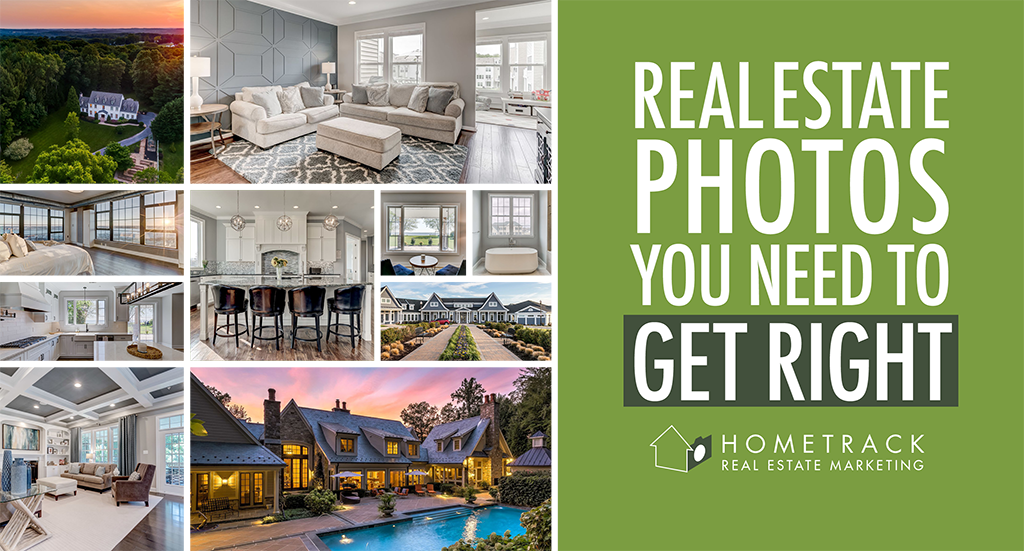
It means a lot to make it to the short list. Whether you are interviewing for a job or a judicial nomination, hoping to win an Academy Award, or developing a vaccine to cure the coronavirus, making it to the short list of candidates is essential. Home buyers sort through dozens or hundreds of listings […]
The post Real Estate Photographs You Need To Get Right appeared first on Hometrack Real Estate Marketing.
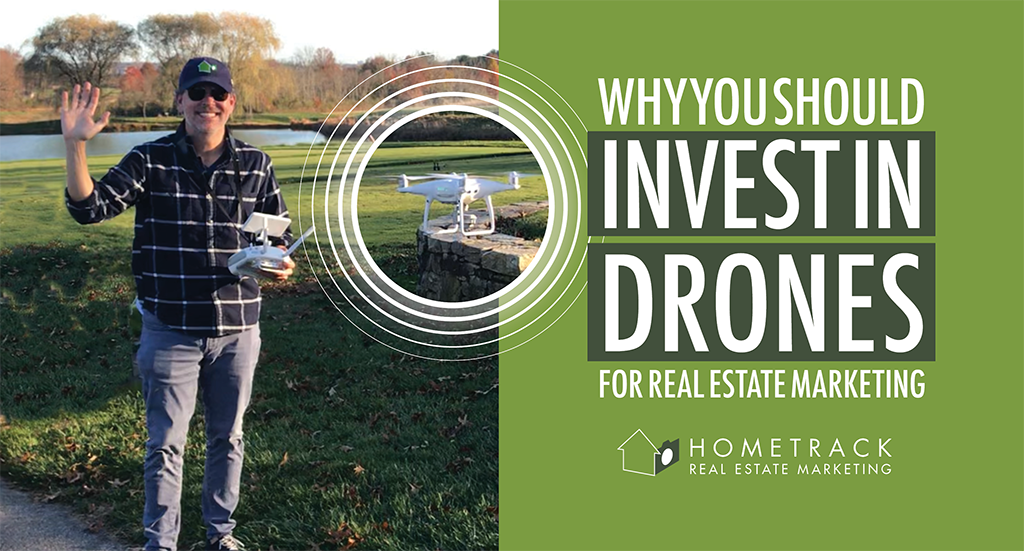
It is a strange week, The Masters, considered by many to be the pinnacle of professional golf, has drawn players from all over the world to the Augusta National Golf Club to test themselves against one another and against the famed course. For the first time, a pair of drones provide sweeping aerial views never […]
The post Why You Should Invest In Drones For Real Estate Marketing appeared first on Hometrack Real Estate Marketing.
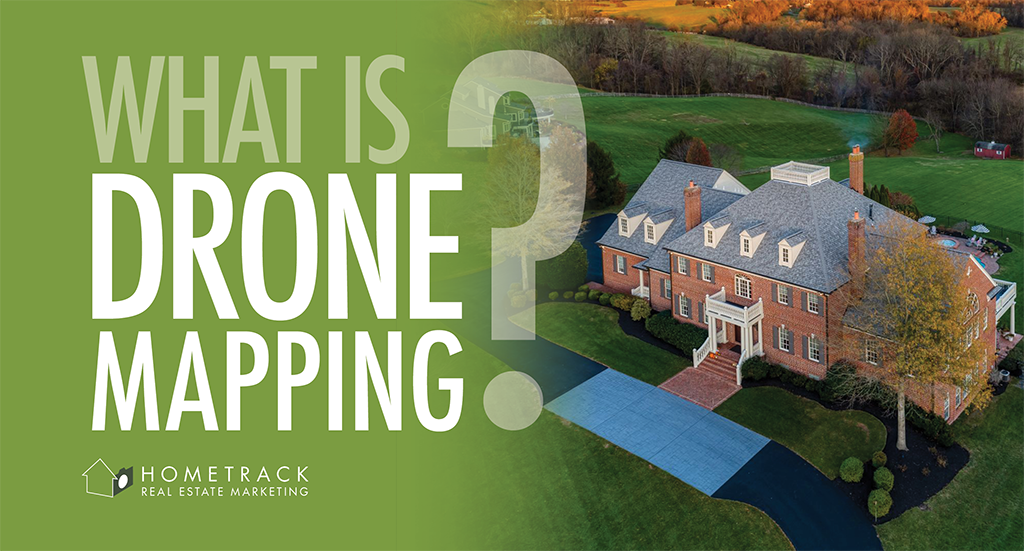
Photogrammetry. Now there’s a word you don’t hear every day, nor is it likely to be tossed around in casual conversation. Doubtful it was a word that Mr. Rogers had you pronounce as a child. Same goes for the word orthomosaic. It, too, is not likely to be on your list of oft-uttered words. But […]
The post What Is Drone Mapping? appeared first on Hometrack Real Estate Marketing.
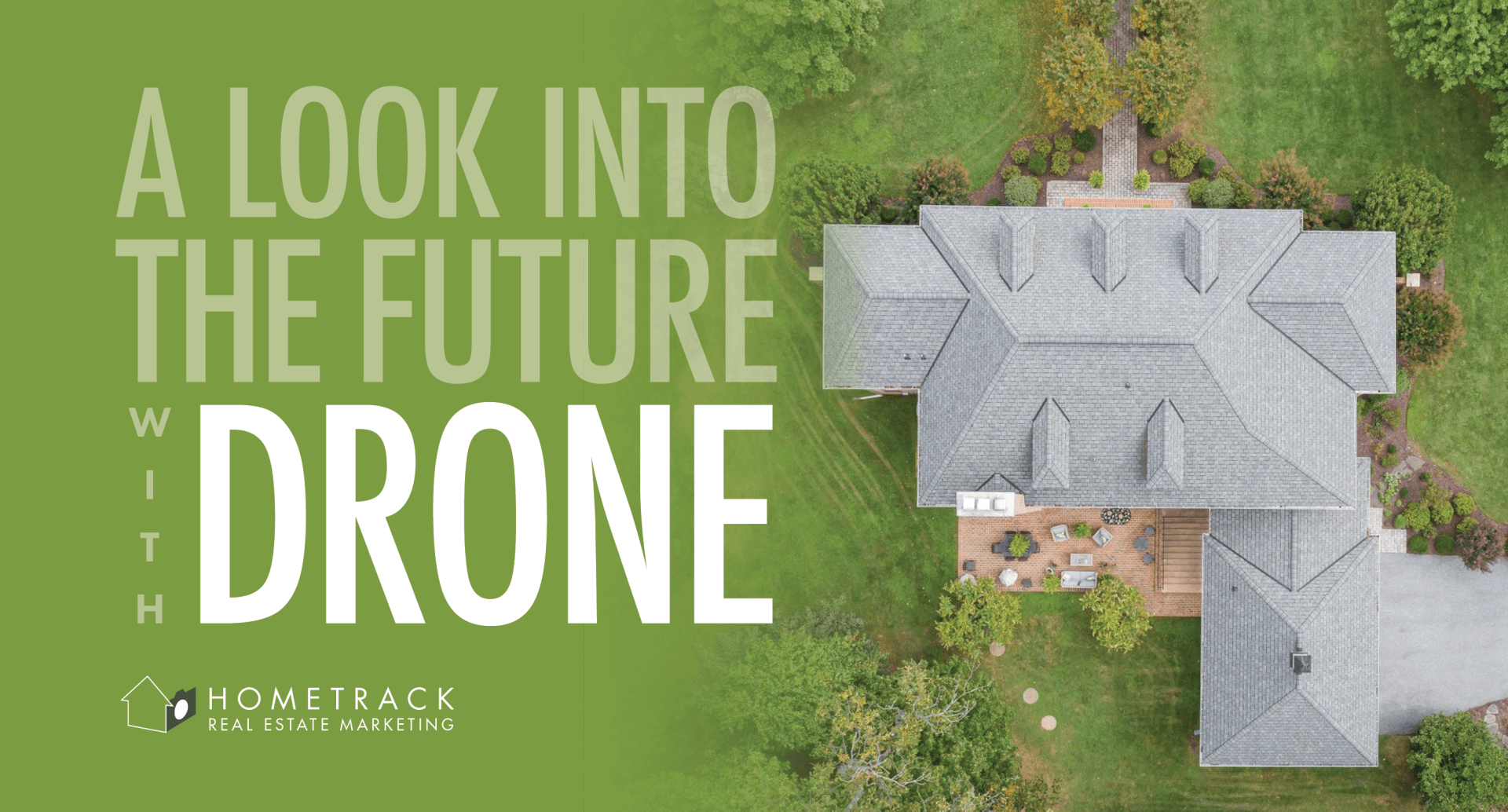
Fourteen million. That is the number of posts on Instagram with the hashtag drone. And that does not include all of its possible variations, such as #dronephotography , #dronevideo, and #dronestagram (together another 13M posts). Not so many years ago, the idea of drones inhabiting the sky was merely a figment of science fiction imagination. […]
The post A Look Into the Future of Drone Photography appeared first on Hometrack Real Estate Marketing.
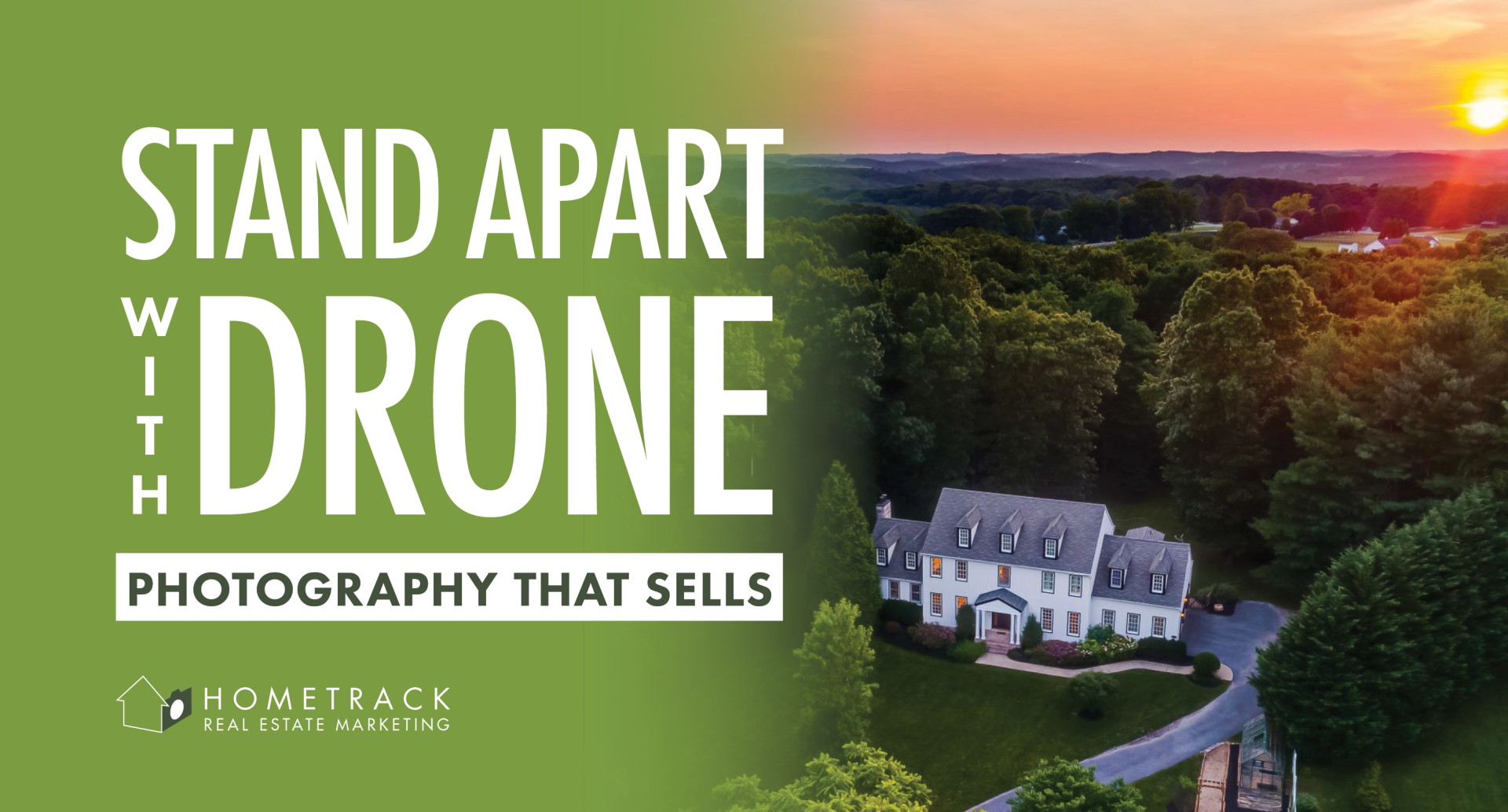
Imagine this. With no one around for miles, you stand knee deep at the corner of an oxbow bend in a river, tossing wet flies into the current of a stream that Hemingway once considered among his favorite fishing spots. With each cast, you try to tease a king salmon into taking the bait. This […]
The post Drone Photography Help You Sell More Listings appeared first on Hometrack Real Estate Marketing.

If you were to look into a crystal ball, you might be able to see into the future. Unfortunately, crystal balls are few, and those few do not work very well. You will have to rely on something else for your forecast. Of course, no one knows with certainty what the future holds. You might […]
The post How to Future-Proof Your Real Estate Business appeared first on Hometrack Real Estate Marketing.


